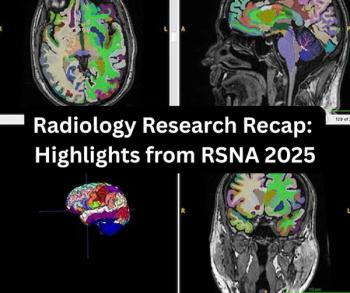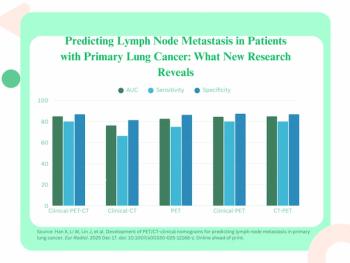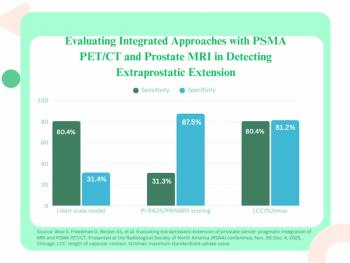
Digital mammography struggles with PACS compatibility glitches
A recent advisory by the FDA urging breast imaging facilities to ensure compatibility between full-field digital mammography systems and PACS exposed an ongoing problem: Interoperability issues persist as some vendors fail to comply with healthcare digital imaging standards.
A recent advisory by the FDA urging breast imaging facilities to ensure compatibility between full-field digital mammography systems and PACS exposed an ongoing problem: Interoperability issues persist as some vendors fail to comply with healthcare digital imaging standards.
The FDA learned that image quality from a number of FFDM units was being compromised when displayed on some third-party PACS. According to the agency:
- The image identification information quadrant by some PACS may obscure breast tissue on hard-copy images in violation of regulation 21 CFR 900.12(c)(5).
- The view and laterality may not always appear near the axillary portion of the breast in either of these PACS's soft- or hard-copy images as required by regulation 21 CFR 900.12(c)(5)(iii).
These issues could lead radiologists to overlook or misplace suspicious lesions, a problem that escalates when images end up at facilities unfamiliar with the configuration of equipment originally used to perform the mammogram. The FDA thus recommended July 29 that all facilities check to ensure that image-identifying information is correctly displayed on both soft- and hard-copy FFDM images.
This issue highlights why it is critical for purchasers of digital mammography, mammography computer-aided detection, and PACS and workstation equipment to contractually bind their vendors to strict support of all relevant portions of the DICOM standard as well as the technical frameworks of the Integrating the Healthcare Enterprise initiative, specifically the Mammography Image Integration Profile, said Dr. David S. Channin, chief of imaging informatics at Northwestern University's Feinberg School of Medicine in Chicago."These standardization efforts are specifically focused on reducing these kinds of interoperability issues across systems and vendors," Channin told
Diagnostic
Imaging.Each year, the IHE holds connectathons in Asia, Europe, and North America. The connectathon is a large-scale healthcare IT industry interoperability testing event where vendors of multiple systems and platforms check their connectivity, exchange information, and perform thousands of digital transactions. The IHE recently published the results from the IHE-Europe and IHE-North America connectathons. Of 32 PACS vendors, only 13 fulfilled IHE's image display
mammography integration profile
.The IHE Radiology Mammography subcommittee is always developing new technical frameworks that affect digital mammography. Therefore, customers must insist that their vendors participate in the IHE process and deliver support for the new IHE frameworks within a short time after their finalization, Channin said While participation in IHE and compliance with these frameworks cannot guarantee that issues like those identified by the FDA will not arise, they reduce the likelihood of such occurrences, he said."The FDA, for its part, should consider mandating such compliance as a way of accelerating market driven forces for adoption," Channin said.For more information from the Diagnostic Imaging archives:
Imaging informatics offers key to reshaping radiology's future
Japanese hospital reports favorable experience with CAD-PACS integration
Innovators team with vendors to broaden access to new tools
Digital mammography produces large data loads
Newsletter
Stay at the forefront of radiology with the Diagnostic Imaging newsletter, delivering the latest news, clinical insights, and imaging advancements for today’s radiologists.



























